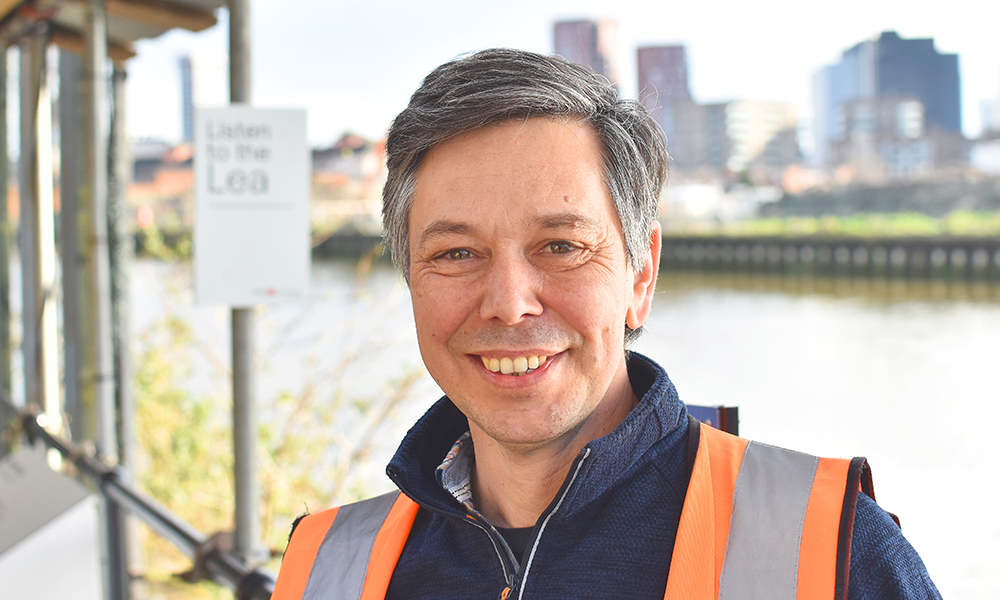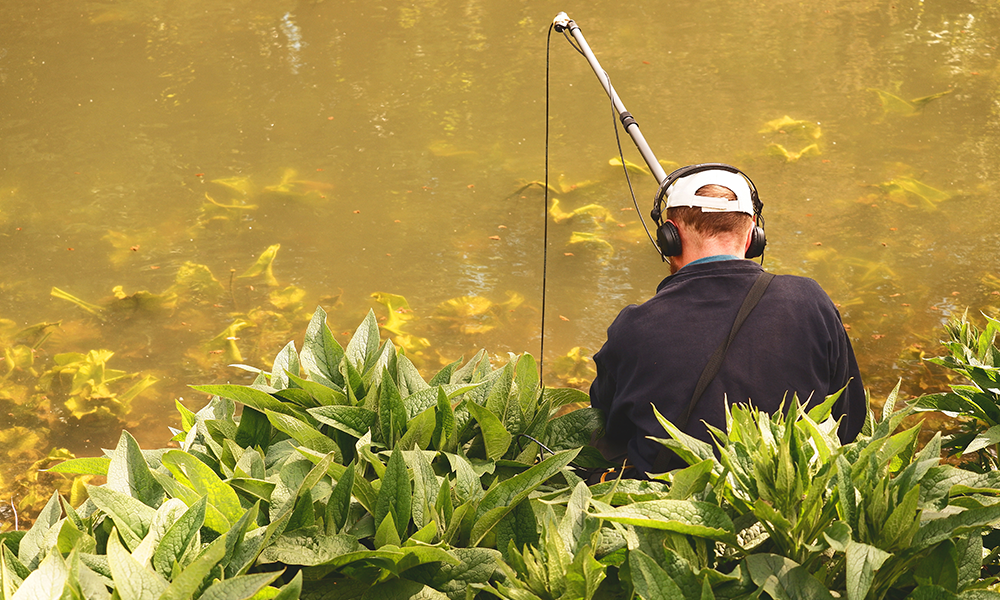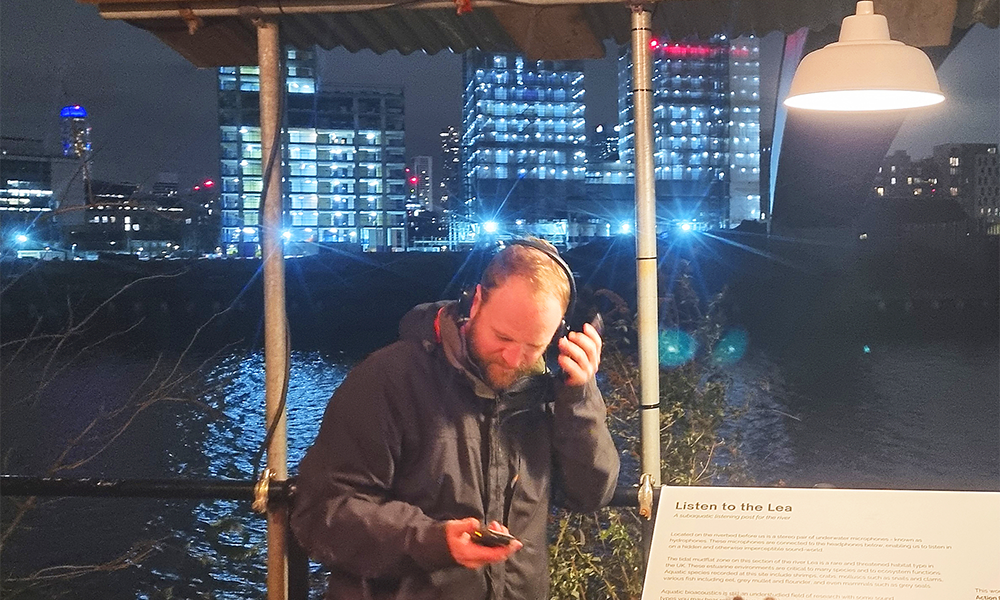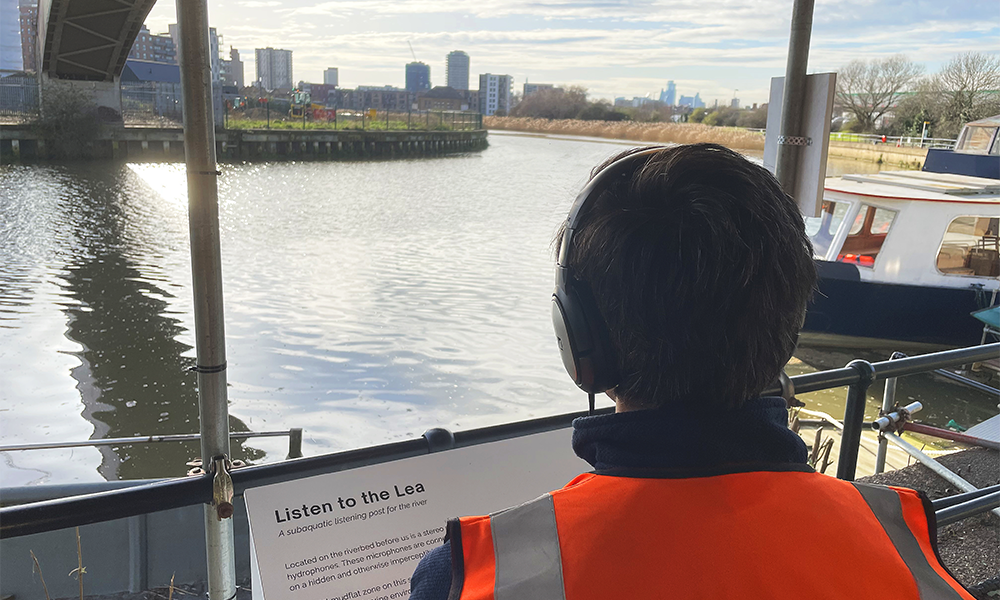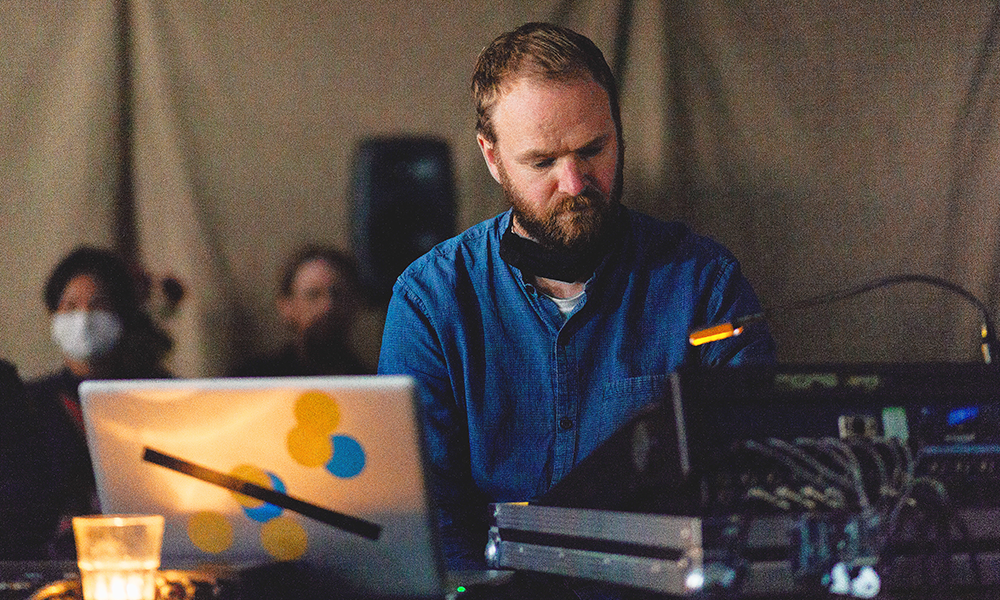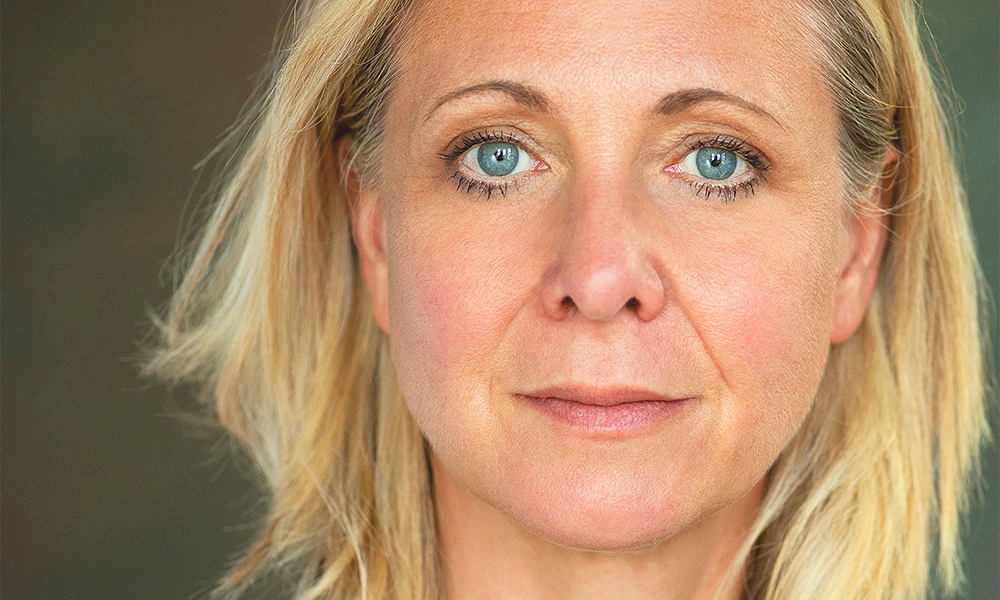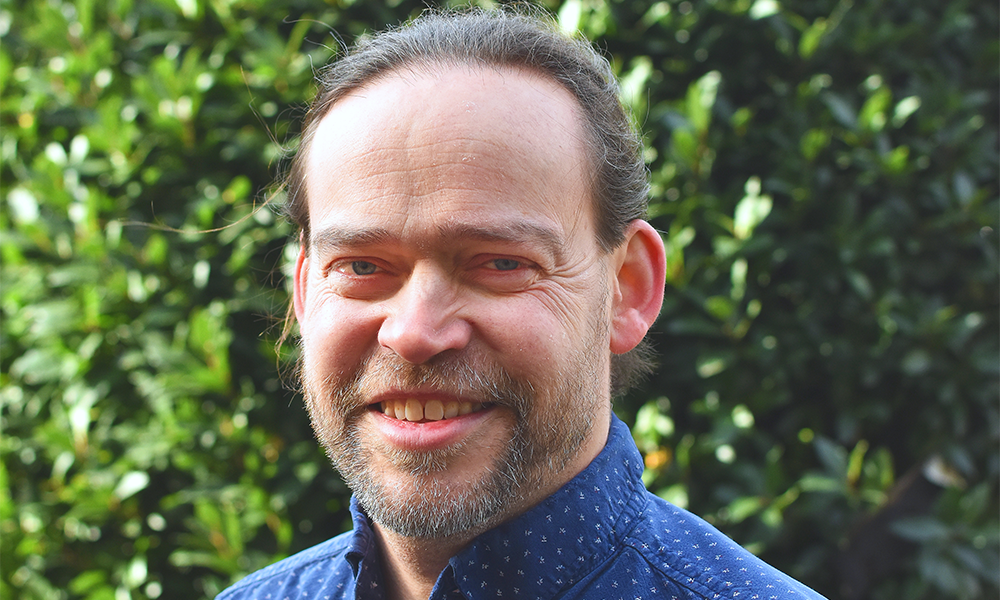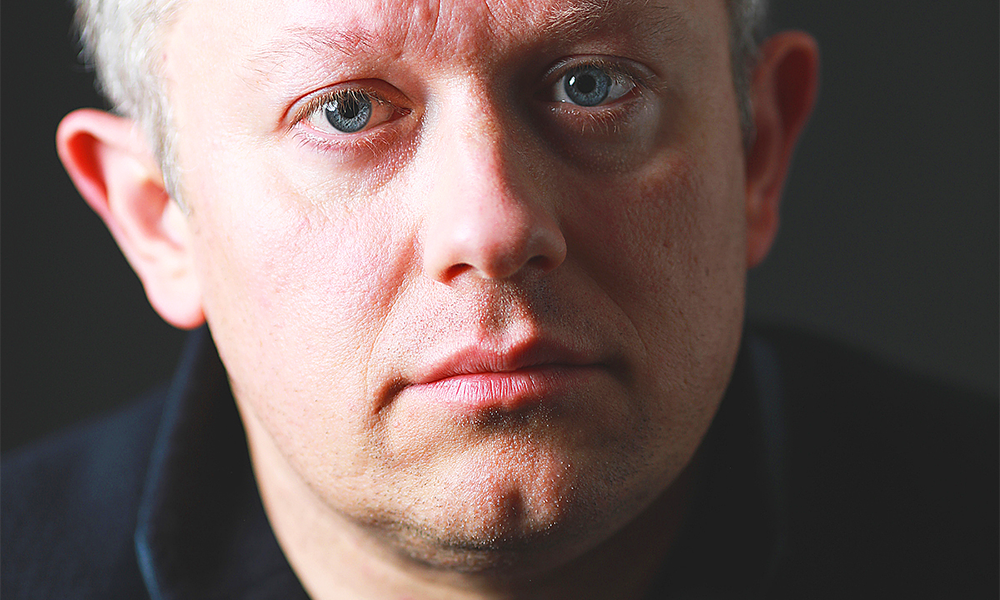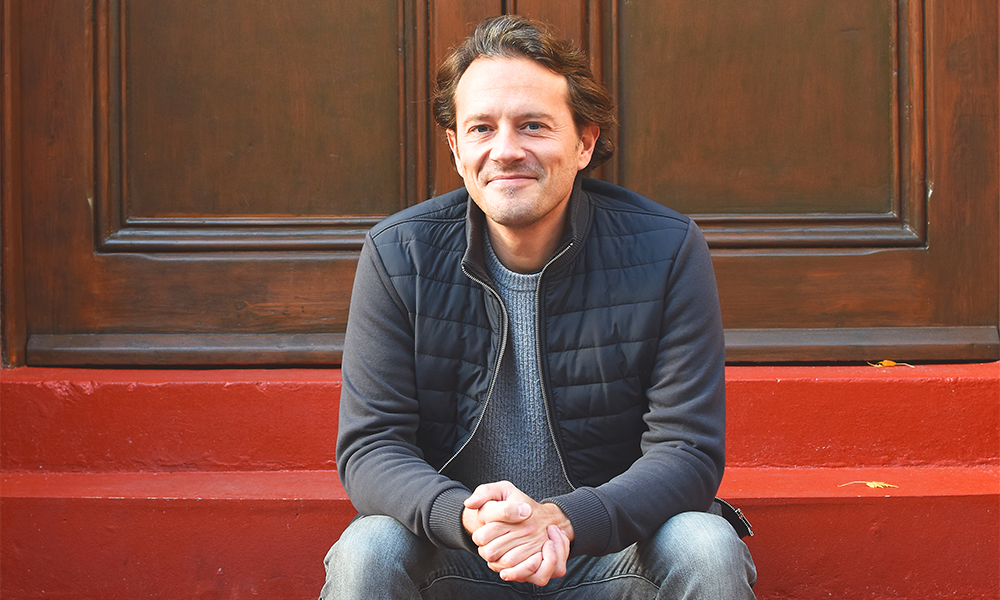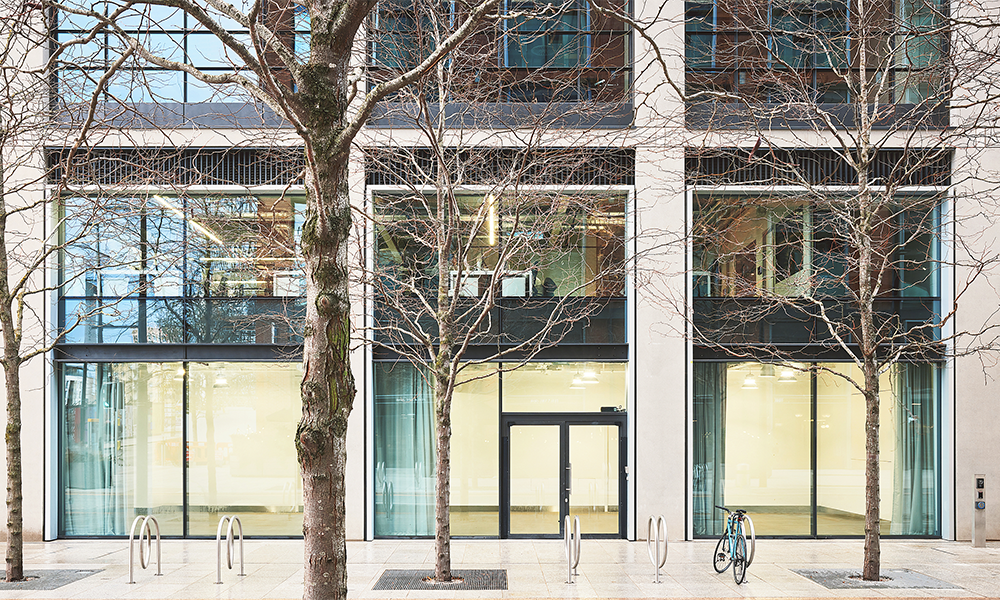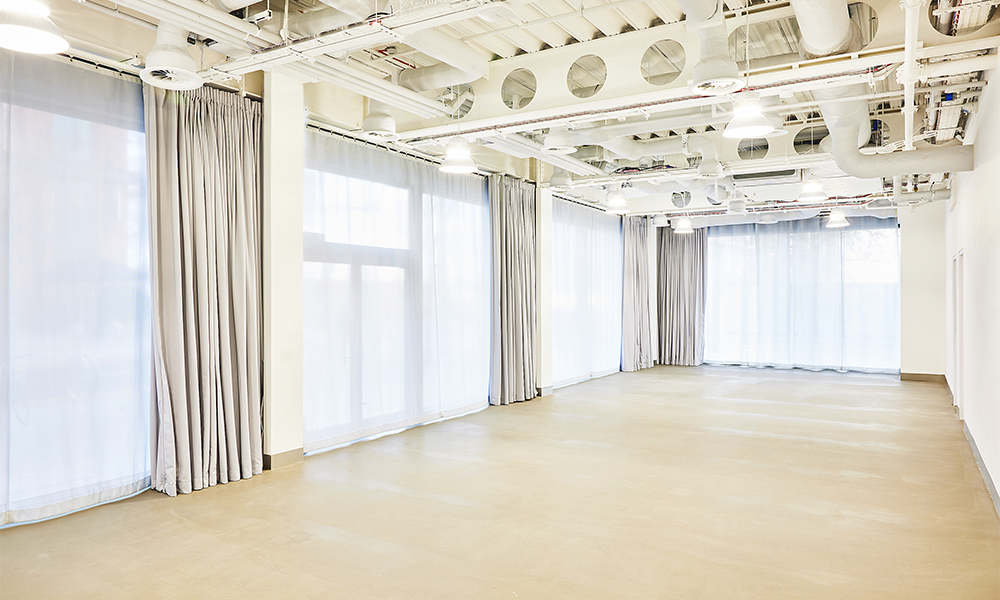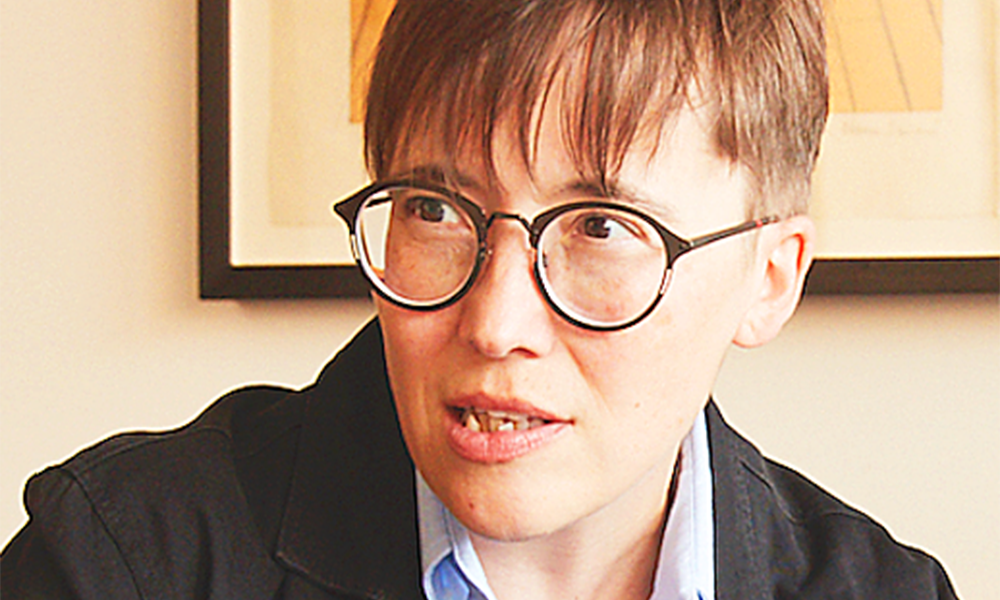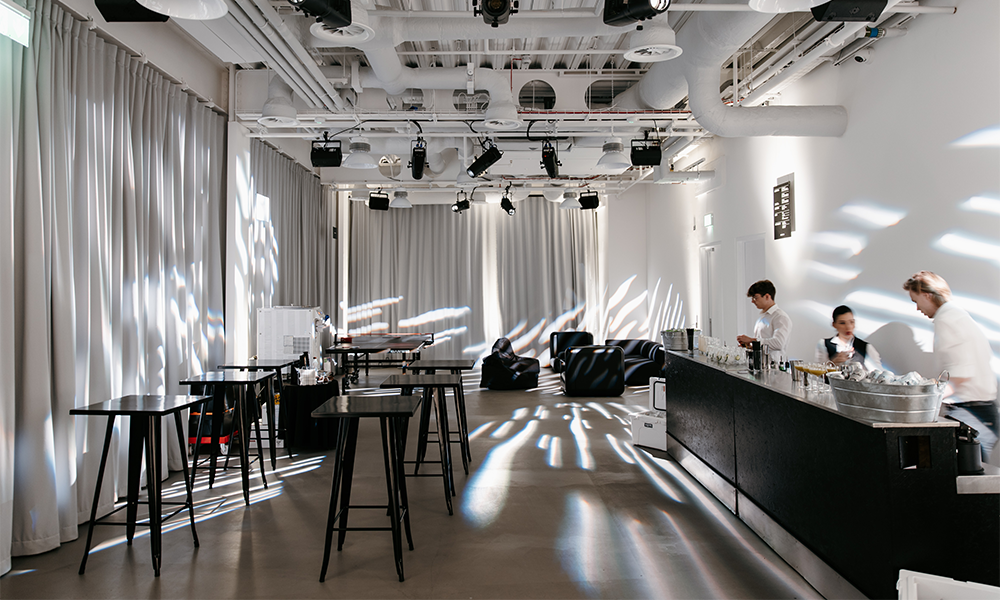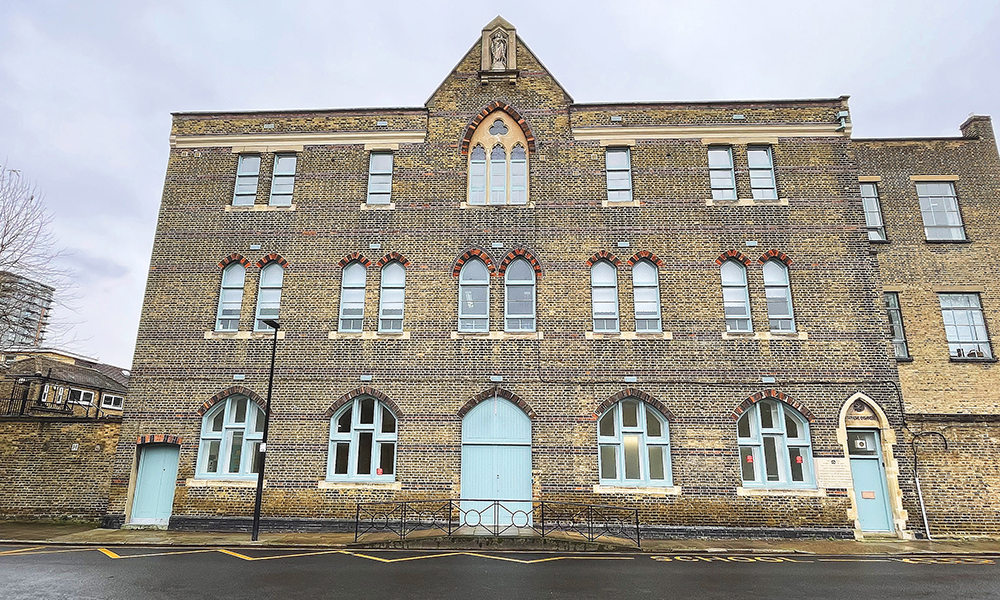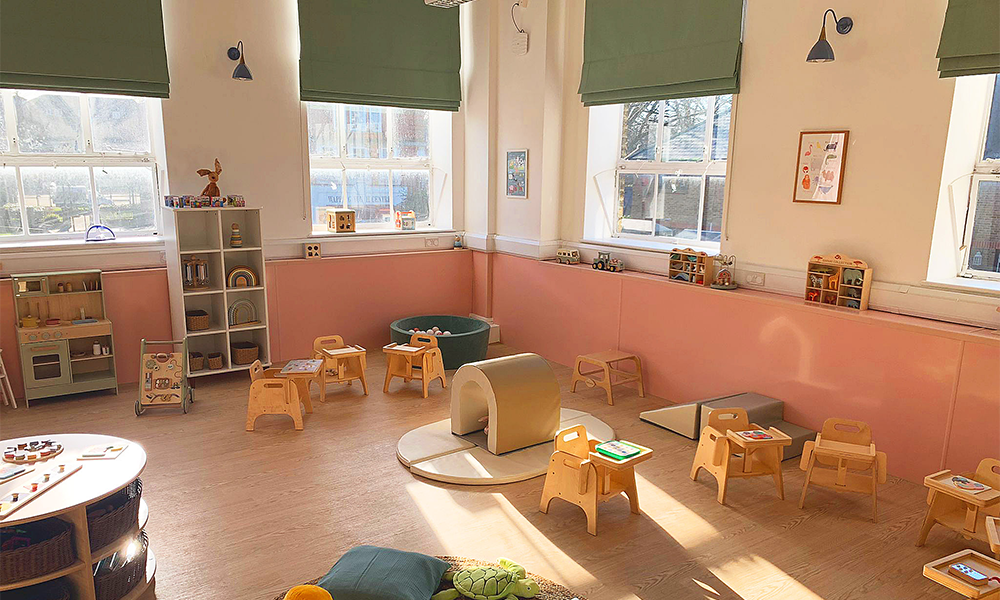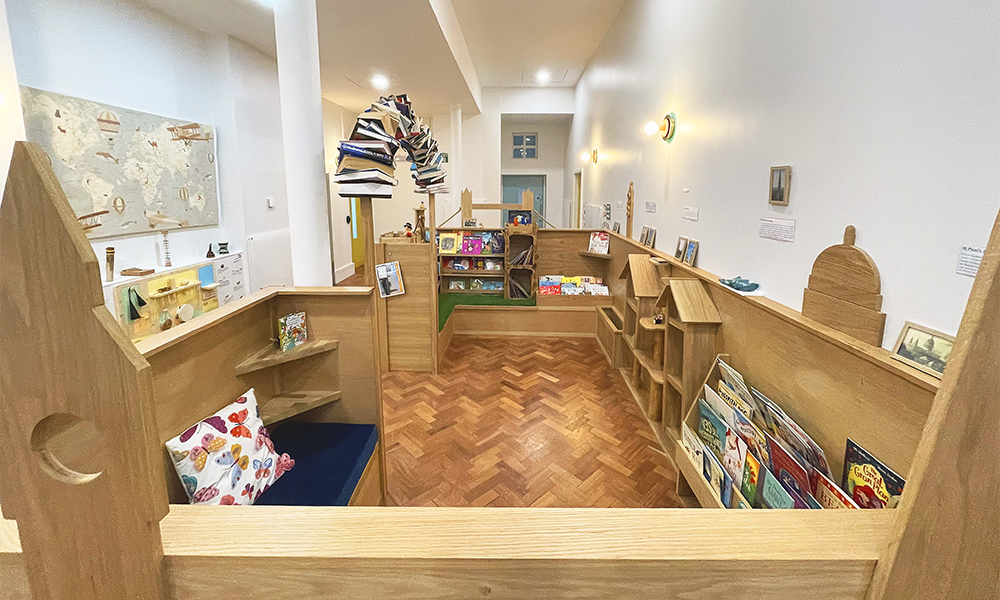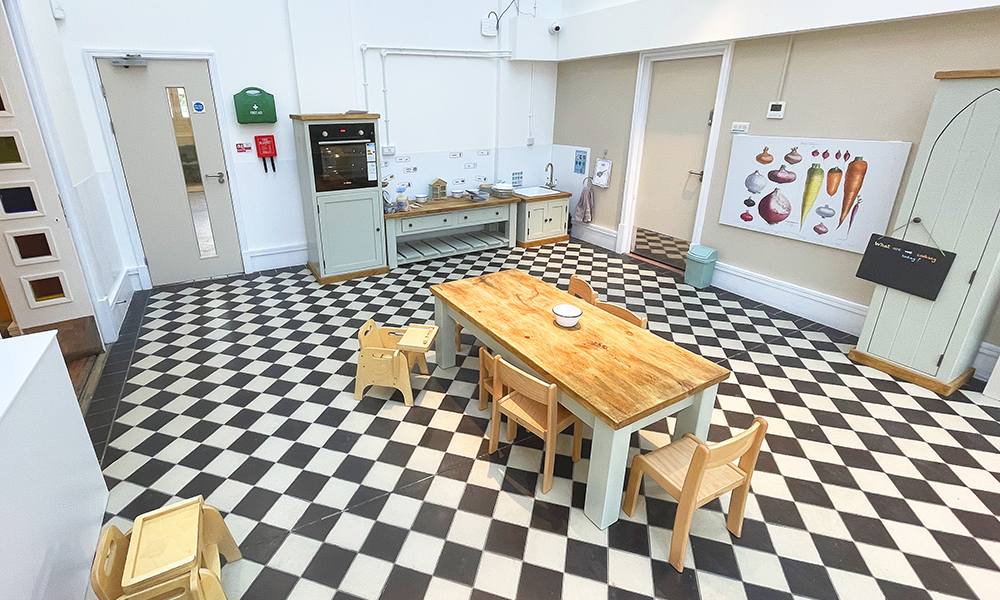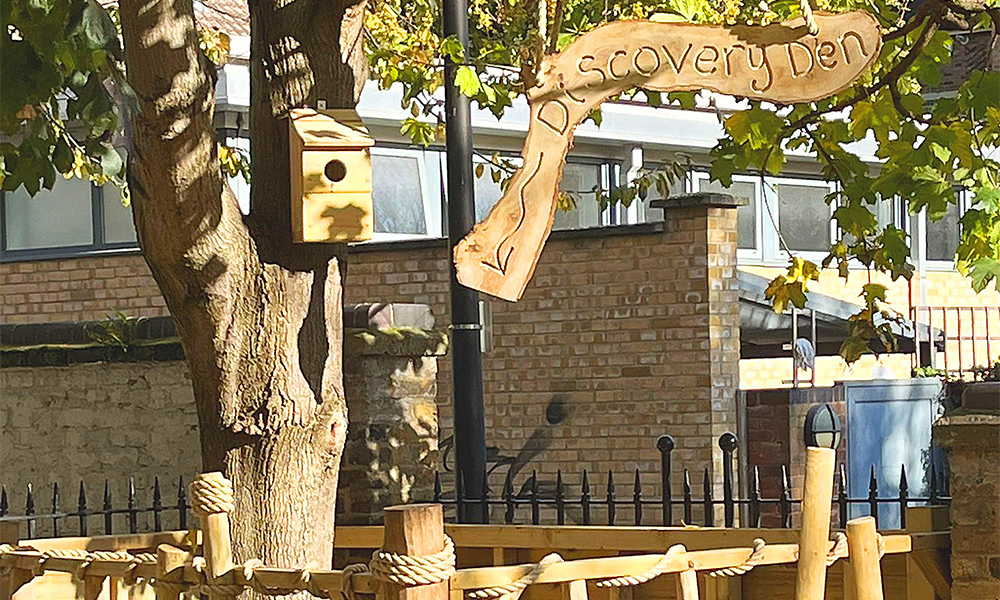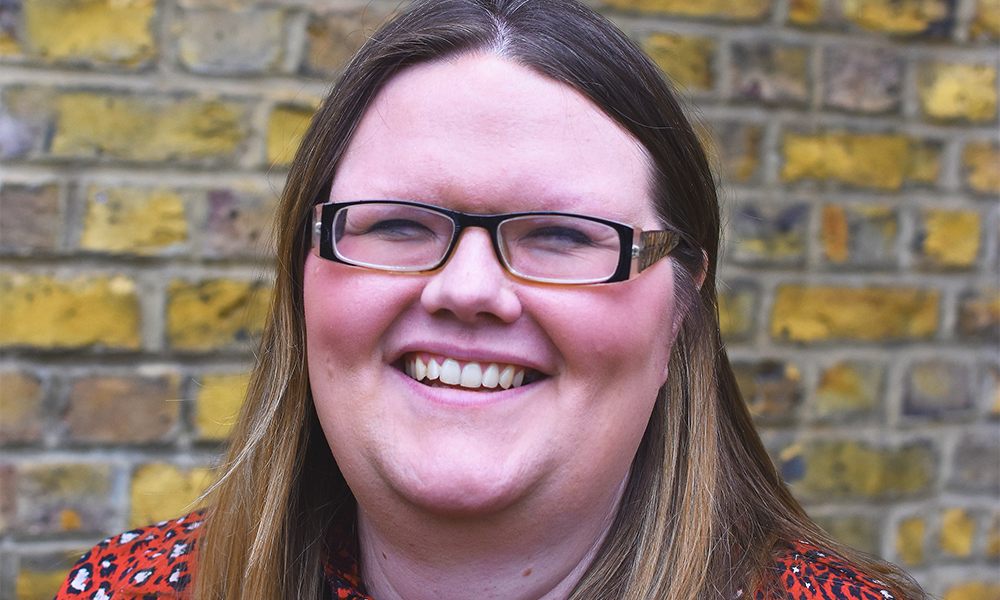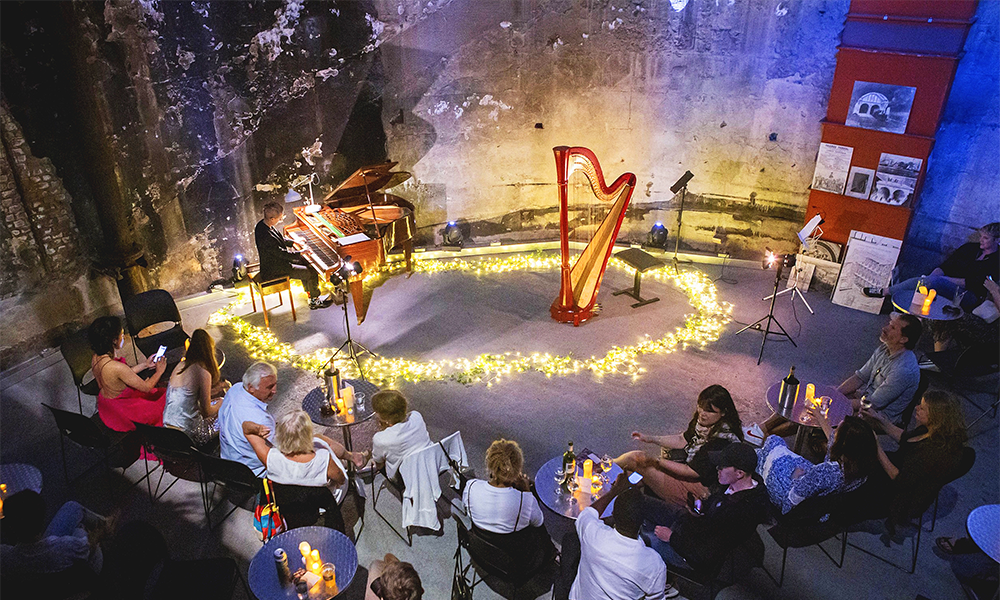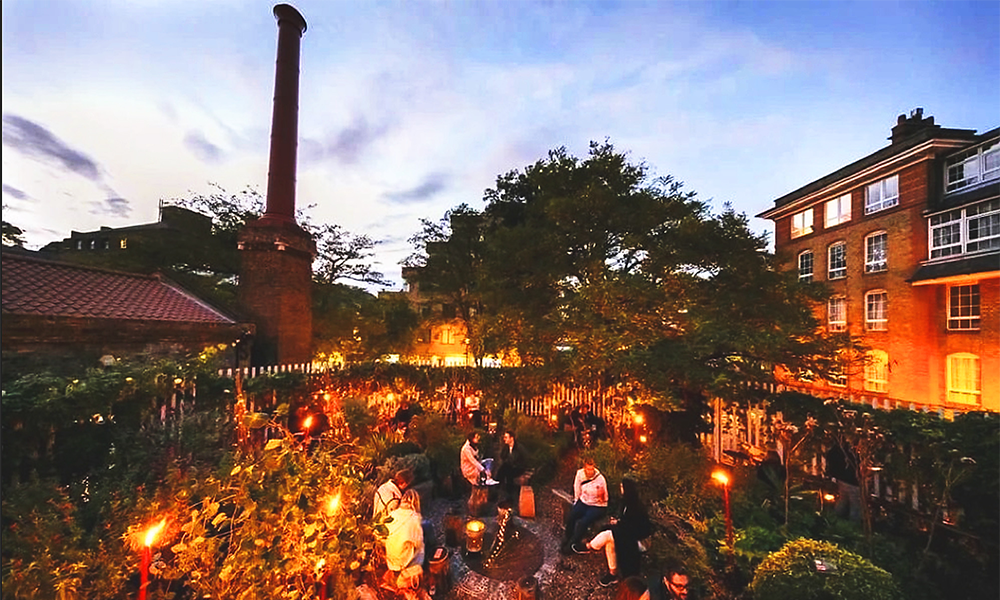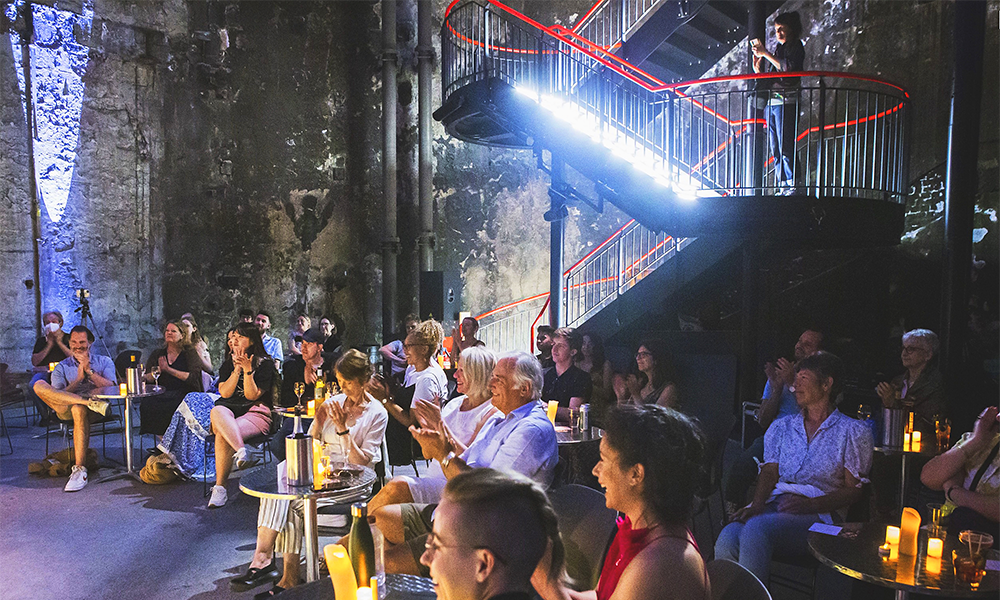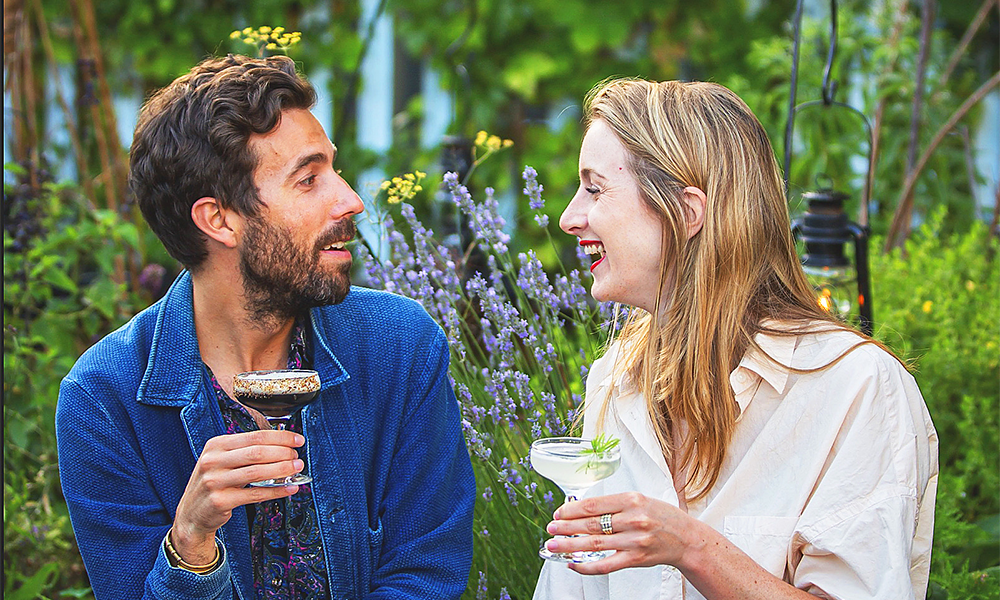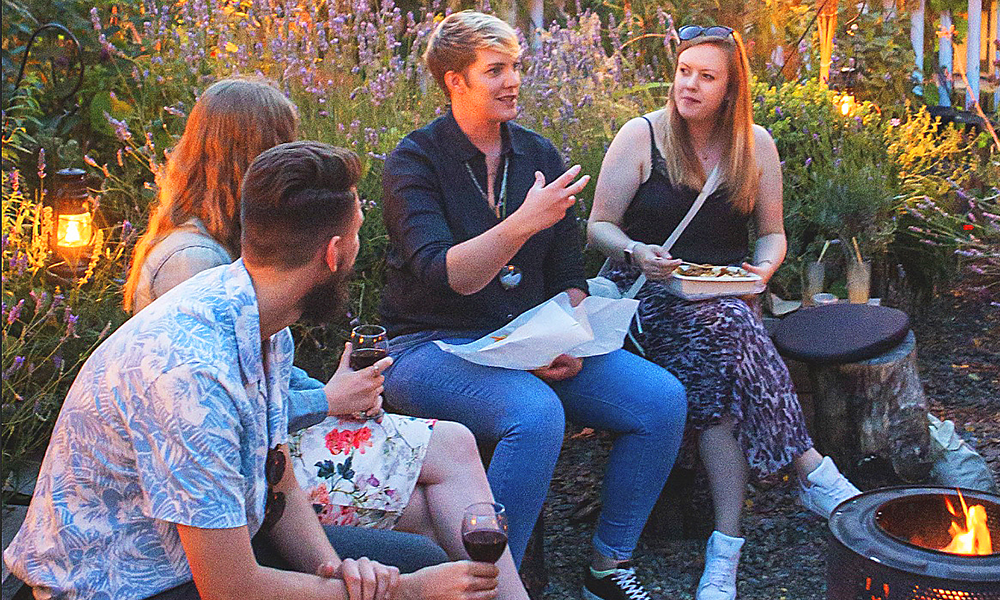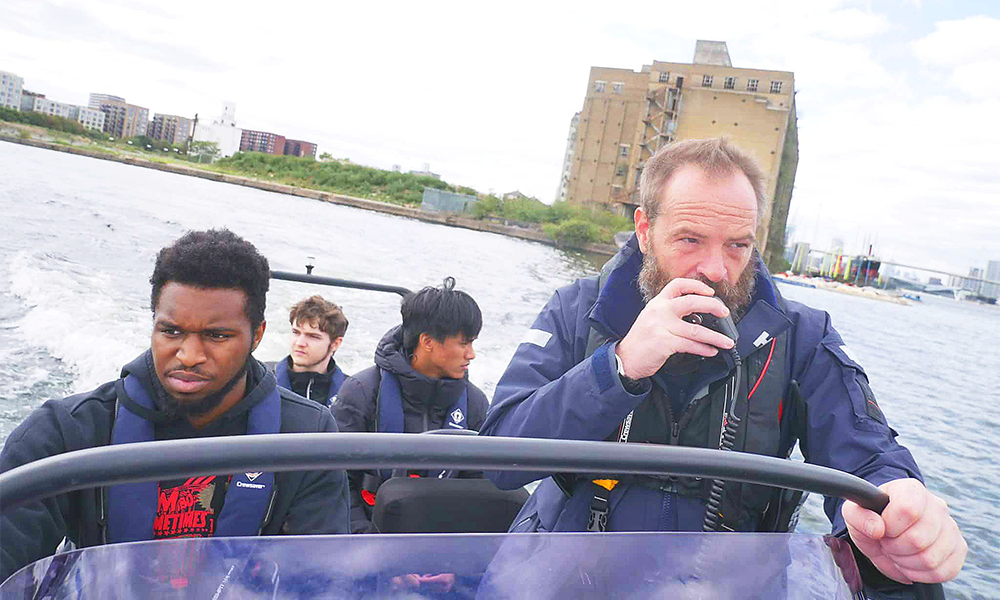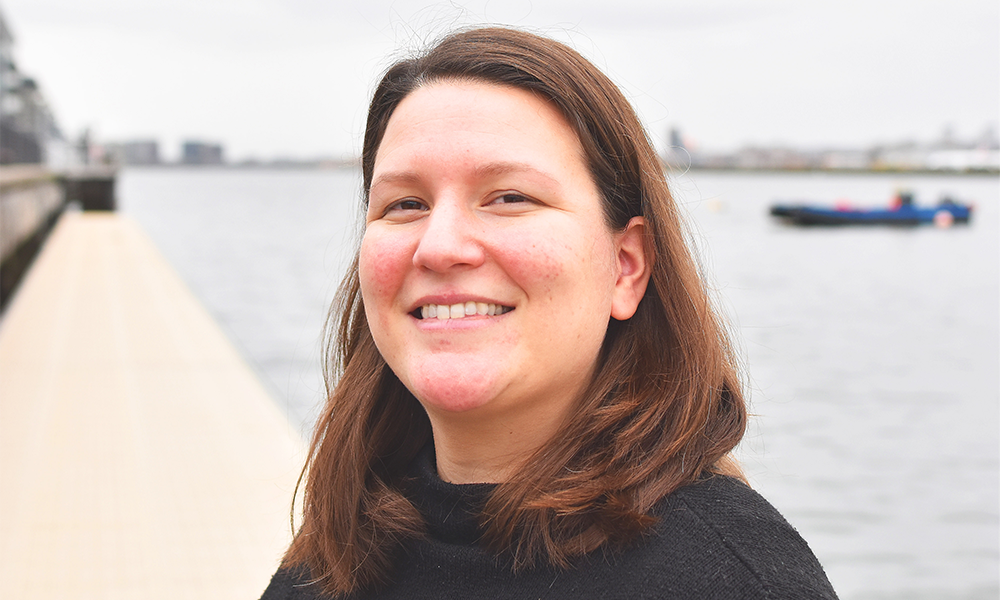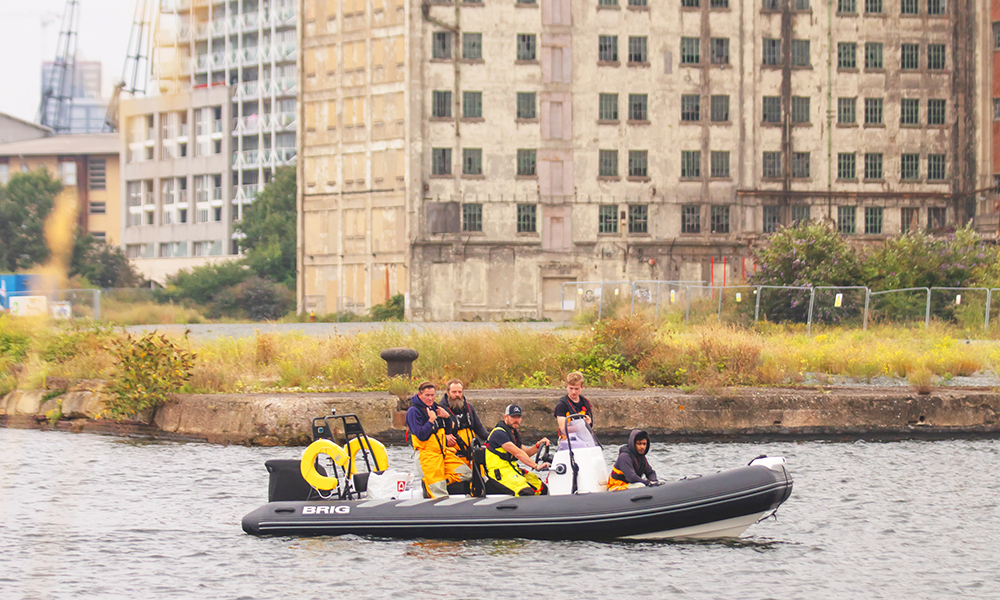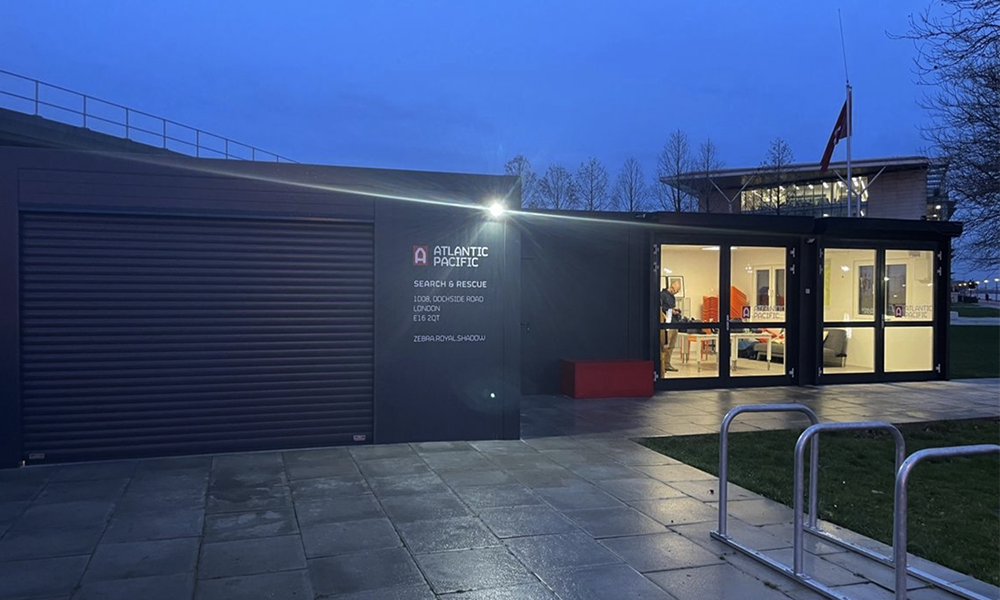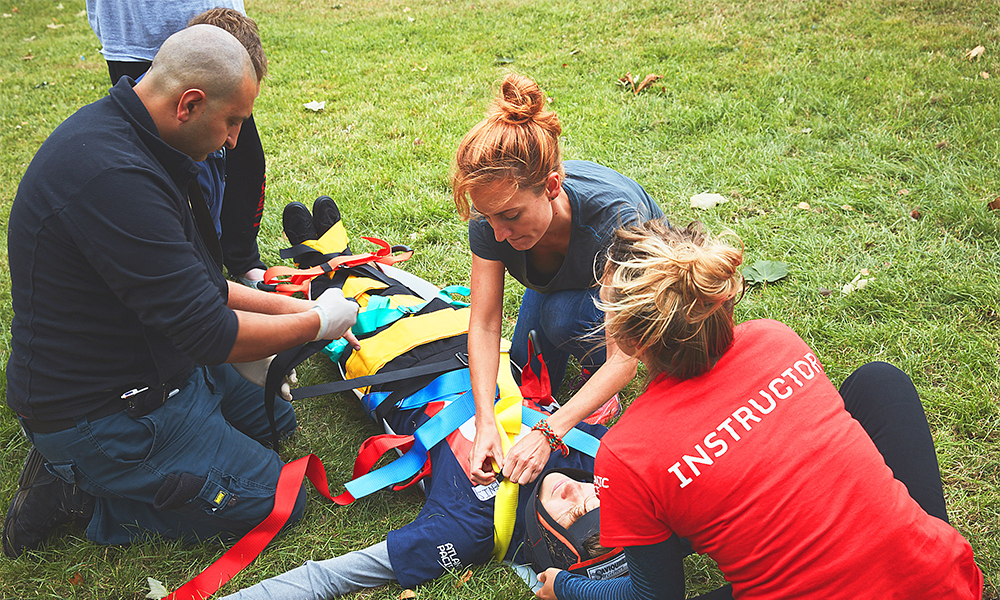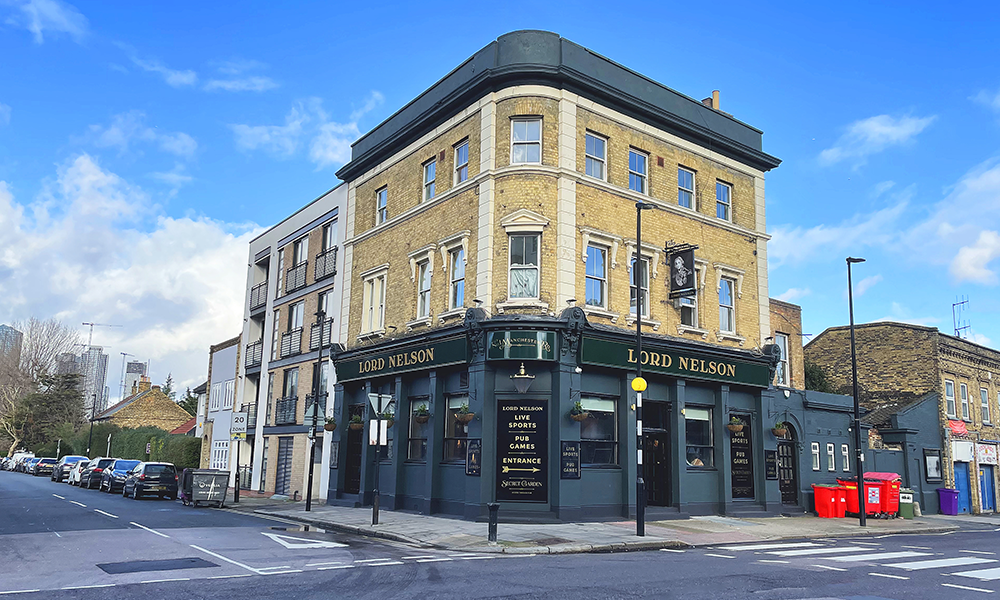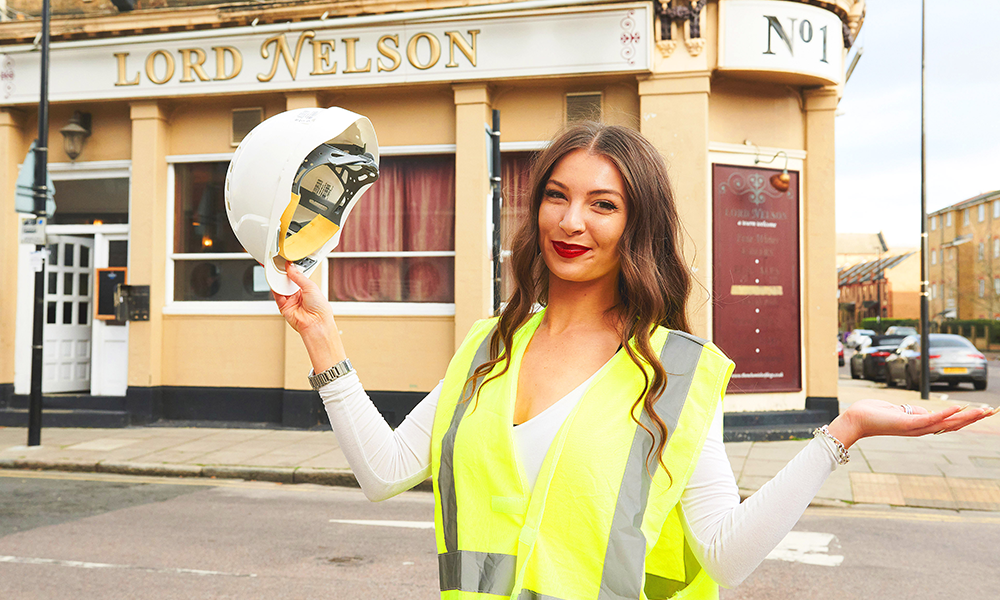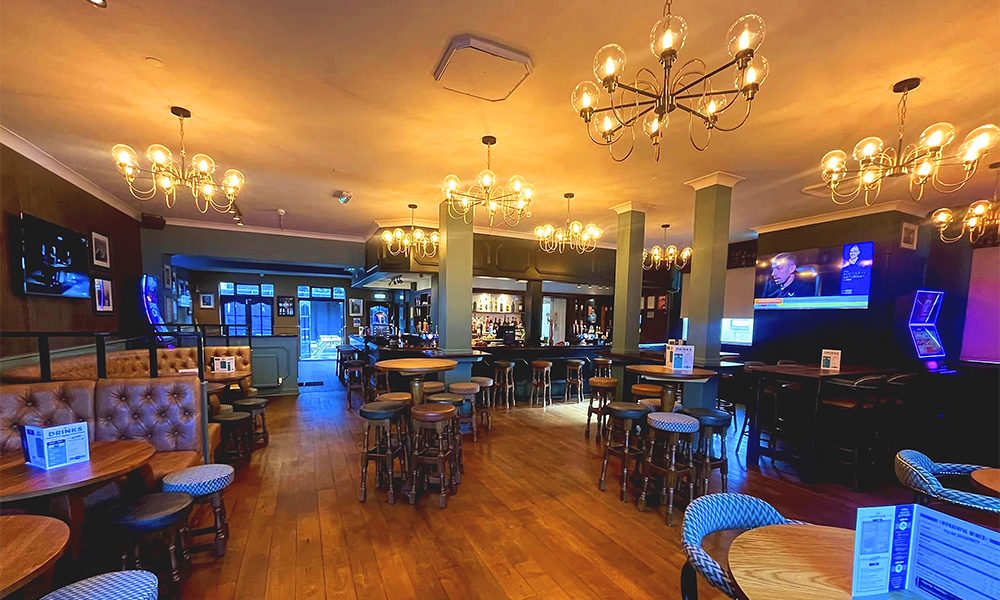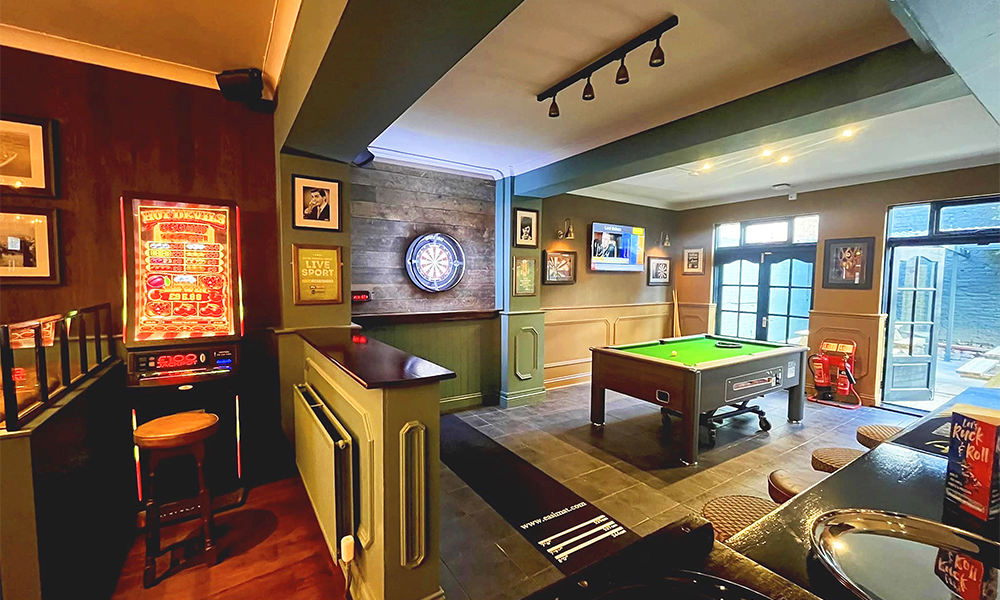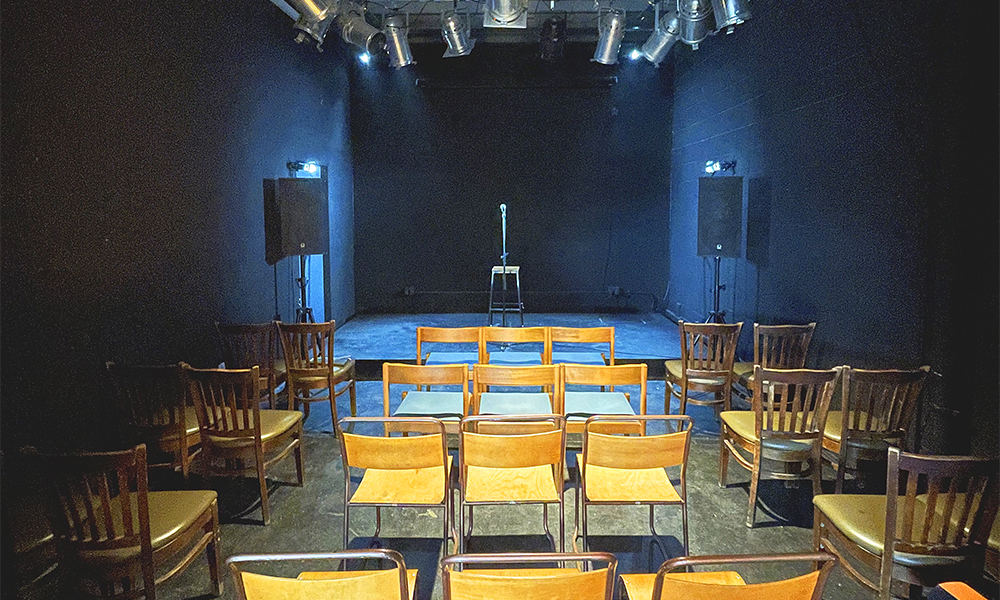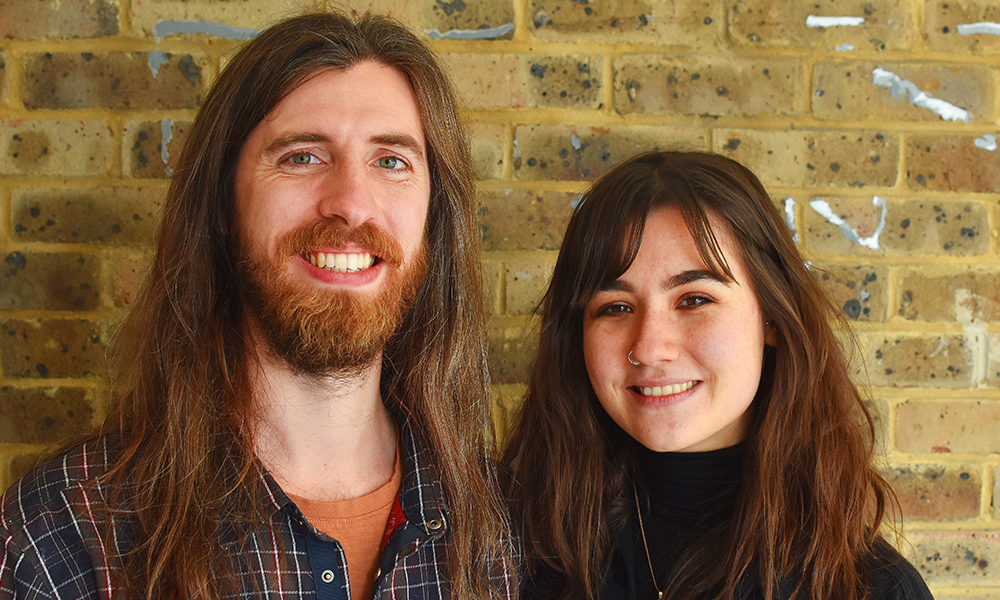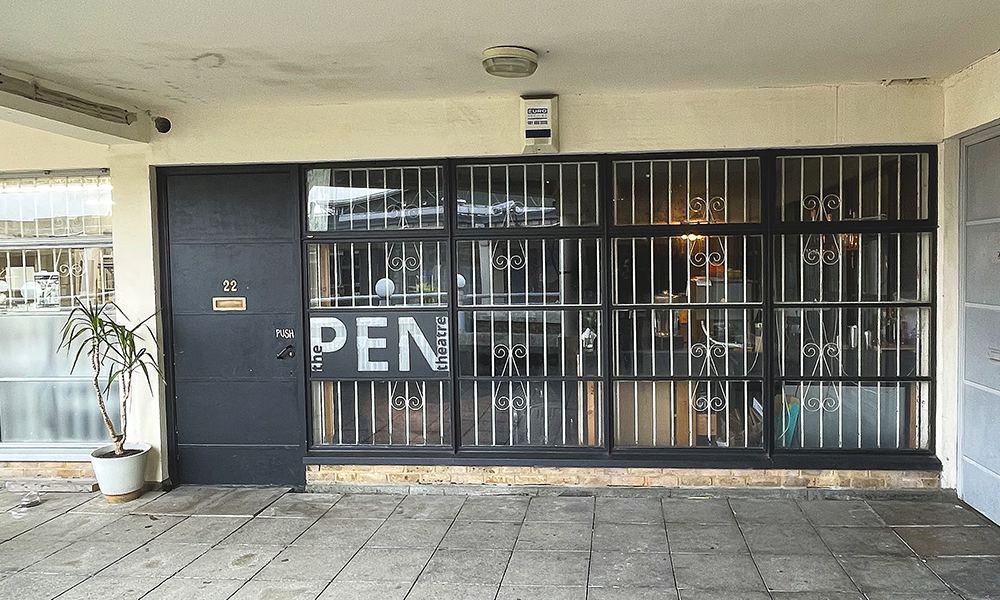Relaunched organisation sees founder Alice Scutchey team up with Lucia Sudlow to support assistants on the estate and beyond
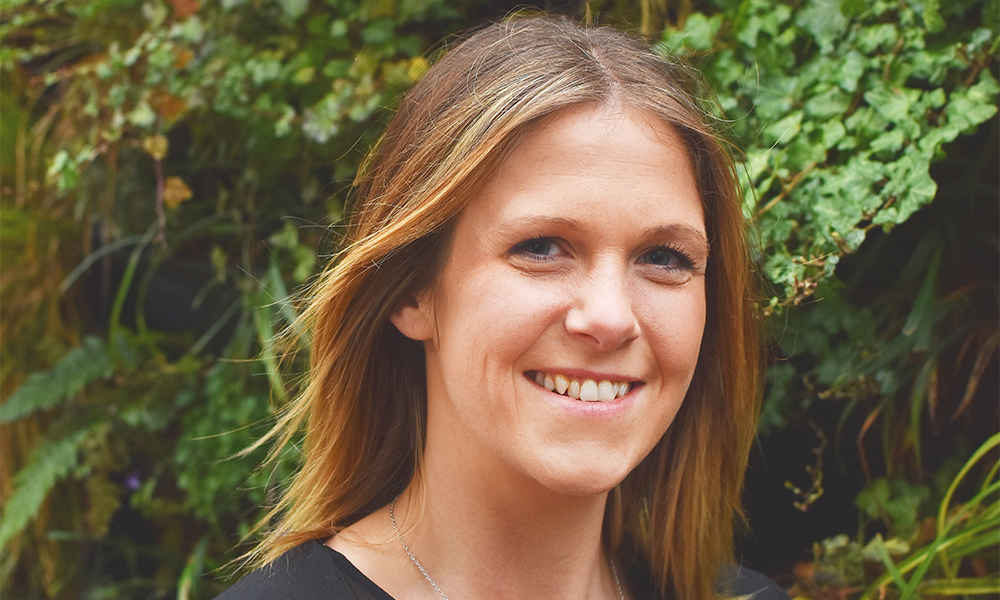
Subscribe to our free Wharf Whispers newsletter here
Alice Scutchey founded The Canary Wharf PA Club (CWPAC) in 2019 while working as a senior EA to Citi’s UK chief financial officer and things took off.
Tapping into a desire among personal assistants, executive assistants and office managers to meet and network, a packed schedule of events saw the organisation swell to a database of thousands.
The club ended up becoming like a business with Alice running things alongside her full-time career, offering premium paid memberships to help sustain and monetise its operation.
“I probably could have quit my job and made it into a business, but I didn’t want that,” she said.
“I was increasingly finding it hard to get to know people personally – they knew me but I didn’t know them because I was busy running the events.”
Something of a victim of its own popularity, Alice decided to put the club on pause.
Having worked as an EA at American Express and Quintet Private Bank, she is now director of EMEA business administration at global printing and communications firm Toppan Merrill and has turned her attention back to her creation.
This time, however, she’s got some help.
“It came about because I was chatting with my friend, Lucia Sudlow, about the network,” said Alice.
“It had become unmanageable and I didn’t have time for it.
“Both of us have a background as assistants, so we discussed whether we should give relaunching it a shot together.
“That way we could halve the workload.
“There’s clearly a need for people to meet and – being a PA can be a lonely role. You don’t necessarily have a team or an internal network.
“It’s about bringing people together and helping them in any way we can.”
To that end, Alice and Lucia officially relaunched the club with an event at Doubletree By Hilton London Docklands Riverside, with a plan to commit to a sustainable 12 events per year.
“There are lots of businesses that offer training and courses to help people be better PAs,” said Alice.
“But we want to focus on the person, not on the role.
“The club isn’t about companies selling things to our members either.
“It’s meeting once a month with no pressure or expectations – just a desire to bring something to the table.
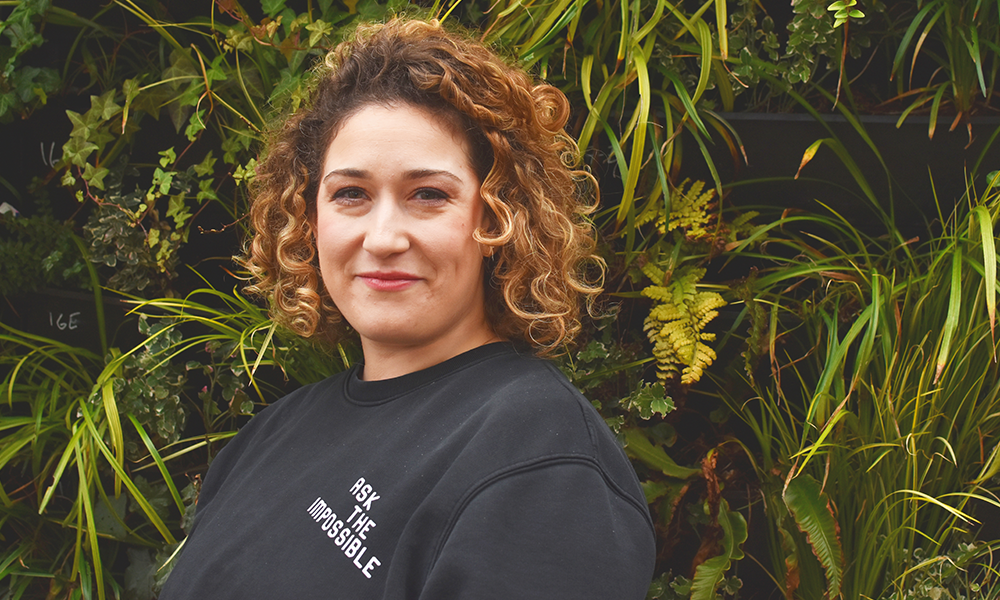
“PAs often have something extra going on in their lives – a passion, a hobby or a side business.
“We want our events to be about bringing those things out and showcasing them.
“To anyone new to the club I would say: ‘Bring your whole self to a monthly meet-up and connect with other like-minded people to support each other’.”
That message of connection and friendship rings true for Lucia and Alice too.
“I originally trained as an architectural technician but I wasn’t very good at it,” said Lucia, who today runs creative and production agency Ask The Impossible, with her husband.
“I was made redundant in 2008, and I went to get a temp job as an assistant admin person. I realised that I was really good at it, enjoyed it and got a lot from it.
“When I first came to London, I was in a role for about 18 months and then I was offered a new job, so I needed to hire someone. Alice came in.
“We only spent two weeks working together and 14 years later, we’re still friends.
“I went on to work for a tech startup and became the head of people and talent after doing pretty much every job there apart from IT development.
“Now I run the operations side of our agency – my husband has the crazy ideas and I make sure they happen.
“As long as whatever a brand wants to do is legal and moral, we’ll do it.
“I’m still very much interested in the PA world and I like to be involved with good people – that’s why I wanted to help with the club.
“We’re going to focus on one good quality event a month – there are lots of clubs that offer paid membership and venue finding services and so on.
“But we just want to support people, not sell them something.
“Things don’t always need to be about growing your skills or your professional career.
“Sometimes you just want to meet people, have a drink, socialise and make connections.”
And that’s really what success looks like for the CWPAC reborn – a vehicle that’s for members to enjoy themselves and benefit from friendships forged.
“It might be that, through the club, someone has found a new job or bought a product from another PA’s side business,” said Alice.
“To me seeing these things is success. It might be that someone gains the confidence to present in front of an audience.
“Many PAs who run their own businesses don’t have thid and our events will be a non-judgmental space that will help people do that.
“If someone has something they want to present to the group then we’ll book them in.
“Of course, being a PA is a career in itself, but moving on to another a role is also a natural path for an assistant to take.
“It’s important to us to support that transition, if people want to make it, as it’s something we’ve both done.”
Lucia added: “PA skills are so transferable – you have to be a jack of all trades in the role. That’s so often a phrase people use negatively, but actually it’s not.
“Having a little bit of knowledge about a lot of things is really useful.
“PAs can get typecast in the assistant role, but actually they’re so capable when they get to a certain part of their career because they have gained so much knowledge.
“Both me and Alice are good examples of what people can go on and do – we want to tell people not to be afraid of their ambitions.”
- need to know
The Canary Wharf PA Club is aiming to meet once a month from now on.
Events will be free unless otherwise stated. Interested parties can register online for further news.
Find out more about CWPAC here
Read more: New events space Broadwick Studio launches on Wood Wharf’s Water Street
Read Wharf Life’s e-edition here
Subscribe to our free Wharf Whispers newsletter here
- Jon Massey is co-founder and editorial director of Wharf Life and writes about a wide range of subjects in Canary Wharf, Docklands and east London - contact via jon.massey@wharf-life.com




